Bilert, S. P., Hjortkjær, J., Alickovic, E., Shiell, M. M., Rotger-Griful, S., Zaar, J. (2021). Neural speech processing during selective listening in an audio-visual monologue vs. dialogue paradigm [Poster]. ARO 2021.
My scientific focus is audiovisual speech processing in the brain. I am typically involved in the entire process of a research project, all the way from identifying it, planning it, collecting, and analyzing data and, of course, disseminating results. I collaborate closely with colleagues from other parts of the Demant organization and with scientists from universities.
My scientific focus is audiovisual speech processing in the brain. I am typically involved in the entire process of a research project, all the way from identifying it, planning it, collecting, and analyzing data and, of course, disseminating results. I collaborate closely with colleagues from other parts of the Demant organization and with scientists from universities.
I hold a PhD in electrical engineering, and since I have a special passion for mathematics, I was determined to find a job where I could use this to explore how the brain works. After finalizing my PhD in 2015 I saw a postdoc advert from Linkoping University with the headline “Can we control our hearing with the brain”. The project in Linköping was part of the big CoCoHa project which was run in collaboration with Eriksholm. I lived in Bosnia and moving to Sweden was a big step for me, but I could not let this opportunity pass. And I am glad, I didn’t! After the two-year postdoc period I was offered a job as a research engineer at Eriksholm Research Centre to continue with my dream-job.
I hold a PhD in electrical engineering, and since I have a special passion for mathematics, I was determined to find a job where I could use this to explore how the brain works. After finalizing my PhD in 2015 I saw a postdoc advert from Linkoping University with the headline “Can we control our hearing with the brain”. The project in Linköping was part of the big CoCoHa project which was run in collaboration with Eriksholm. I lived in Bosnia and moving to Sweden was a big step for me, but I could not let this opportunity pass. And I am glad, I didn’t! After the two-year postdoc period I was offered a job as a research engineer at Eriksholm Research Centre to continue with my dream-job.
First, I use mathematics every day and that was my dream scenario. But equally important, I am really motivated by the fact that the work I do contributes to helping people. On top of that I have the best colleagues and I work at a place where many highly skilled younger scientists really want to work because they appreciate what we do here.
First, I use mathematics every day and that was my dream scenario. But equally important, I am really motivated by the fact that the work I do contributes to helping people. On top of that I have the best colleagues and I work at a place where many highly skilled younger scientists really want to work because they appreciate what we do here.
At a personal level, I really hope to get a good understanding of how we process language, how hearing impairment impacts this, and how we can make hearing aids that better compensate for the individual hearing loss while at the same time optimize language understanding.
At a personal level, I really hope to get a good understanding of how we process language, how hearing impairment impacts this, and how we can make hearing aids that better compensate for the individual hearing loss while at the same time optimize language understanding.
I have a long commute so I don’t have much spare time, but whenever I have some time off, I enjoy jumping on a plane and go wherever I can. I try to get to see as many corners of the world as possible. So far exploring the US has been one of my greatest experiences. I do go to Bosnia a lot, though, to see my family and my friends, and to go hiking! I have been hiking for 25 years and I still have many mountains to see.
I have a long commute so I don’t have much spare time, but whenever I have some time off, I enjoy jumping on a plane and go wherever I can. I try to get to see as many corners of the world as possible. So far exploring the US has been one of my greatest experiences. I do go to Bosnia a lot, though, to see my family and my friends, and to go hiking! I have been hiking for 25 years and I still have many mountains to see.
I am really fascinated by Artificial Intelligence and the way this is applied to mimic human beings with the purpose of relieving them from dangerous or complicated tasks like mine sweeping or finding survivors in ruins.
I am really fascinated by Artificial Intelligence and the way this is applied to mimic human beings with the purpose of relieving them from dangerous or complicated tasks like mine sweeping or finding survivors in ruins.
I hope we find a cure against cancer.
I hope we find a cure against cancer.
To see related publications, please follow this link and type in the scientist’s name in the free text search field. The result shows publications by this scientist during collaboration with Eriksholm Research Centre and/or with relevance to current work.
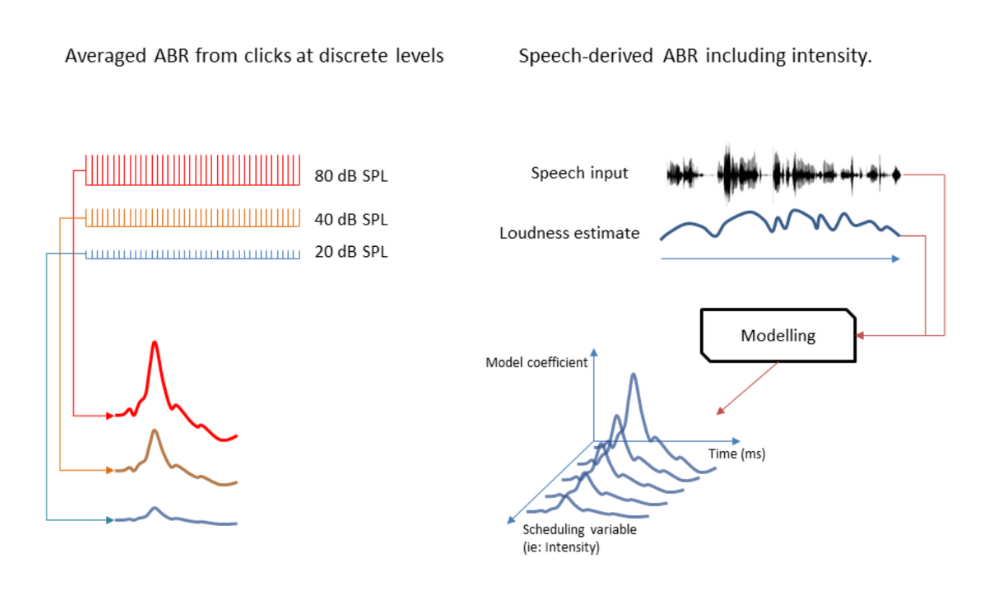
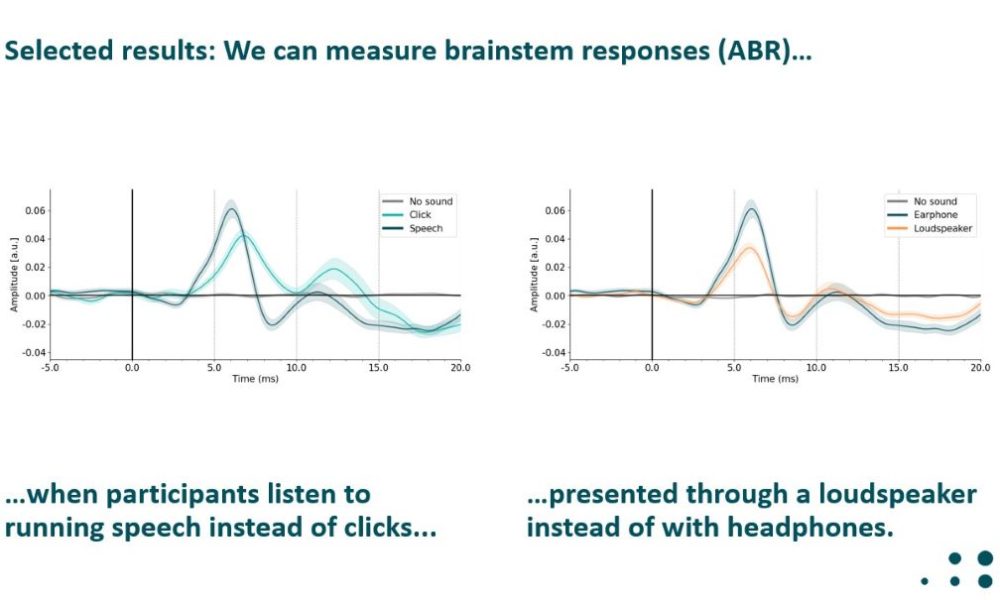
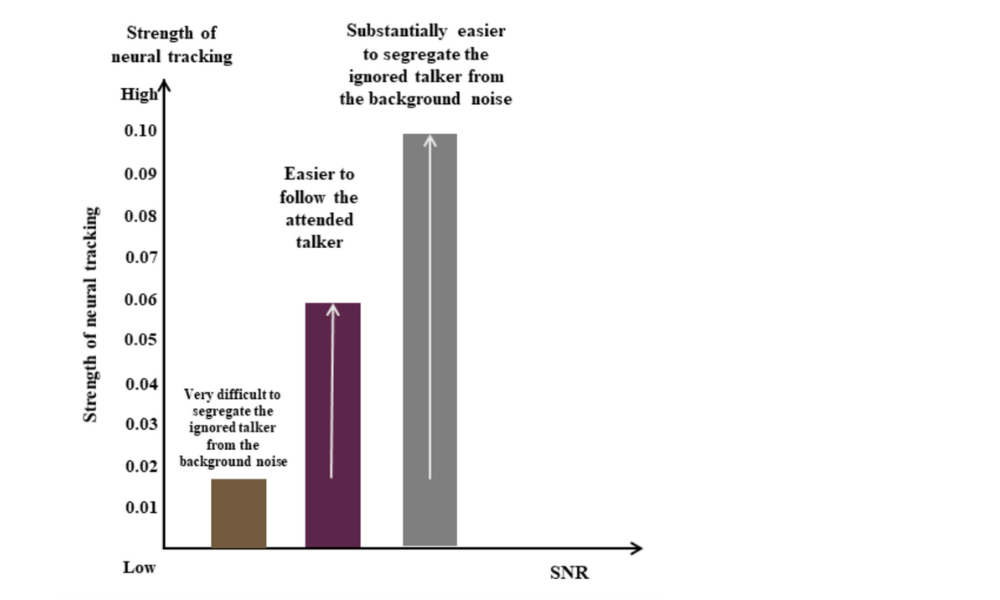
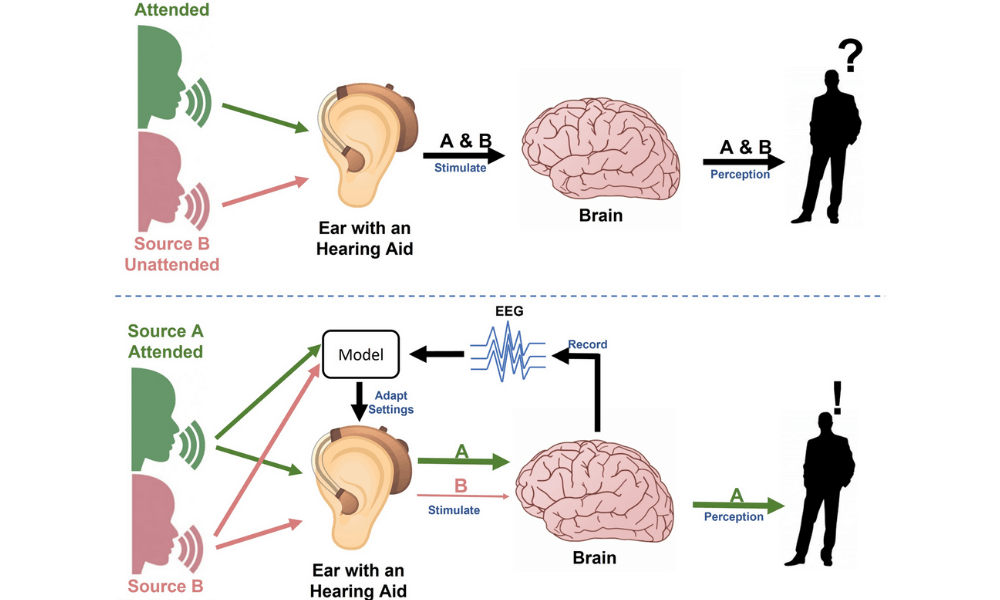
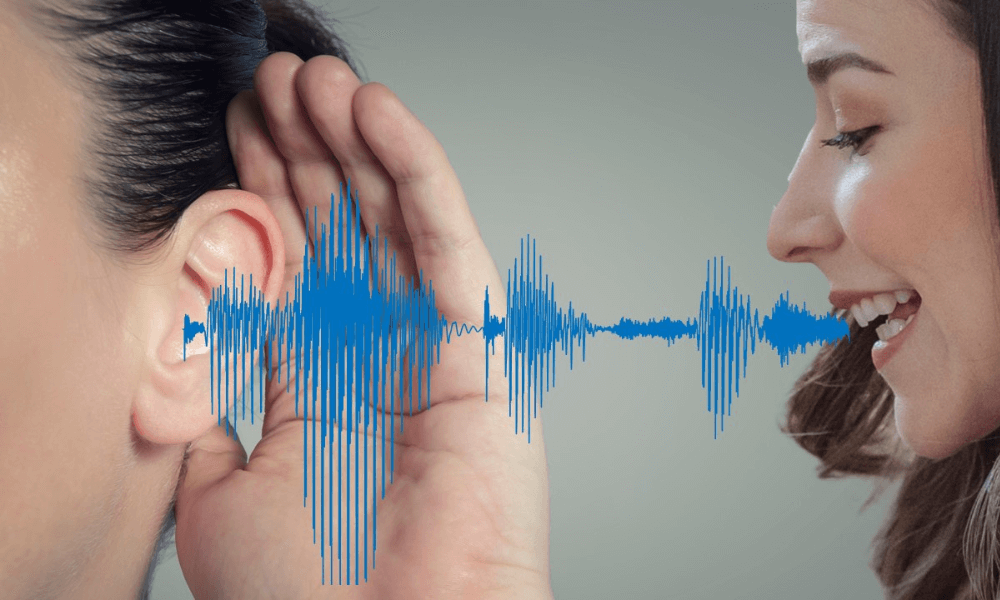
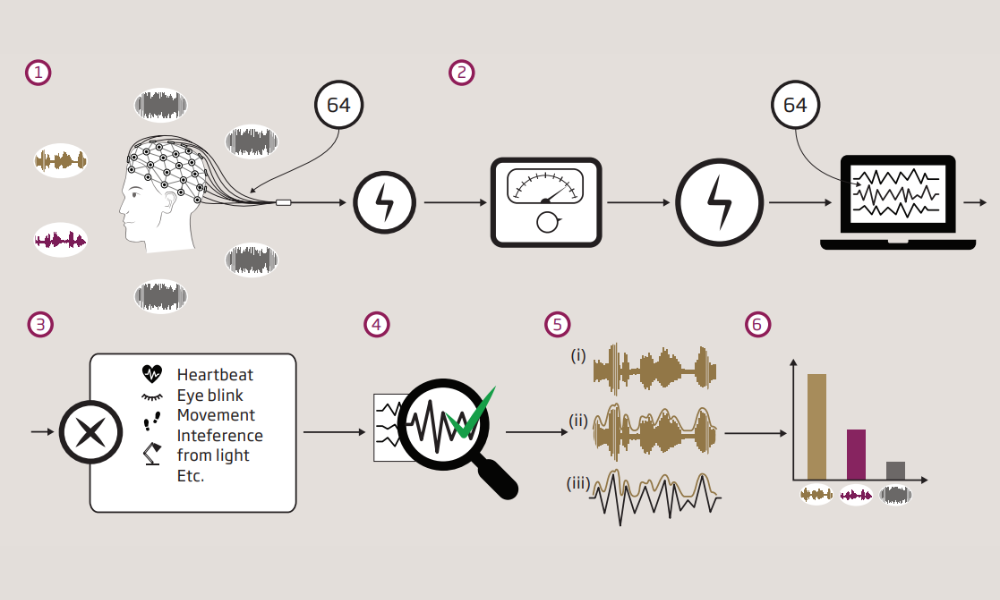
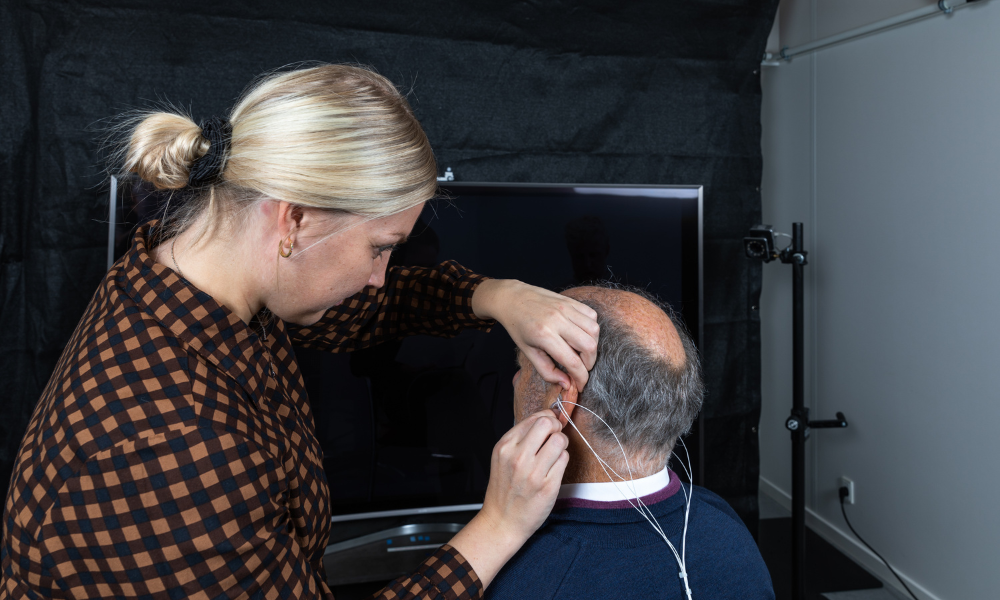










© 2024 Eriksholm – Designed by Aveo web&marketing